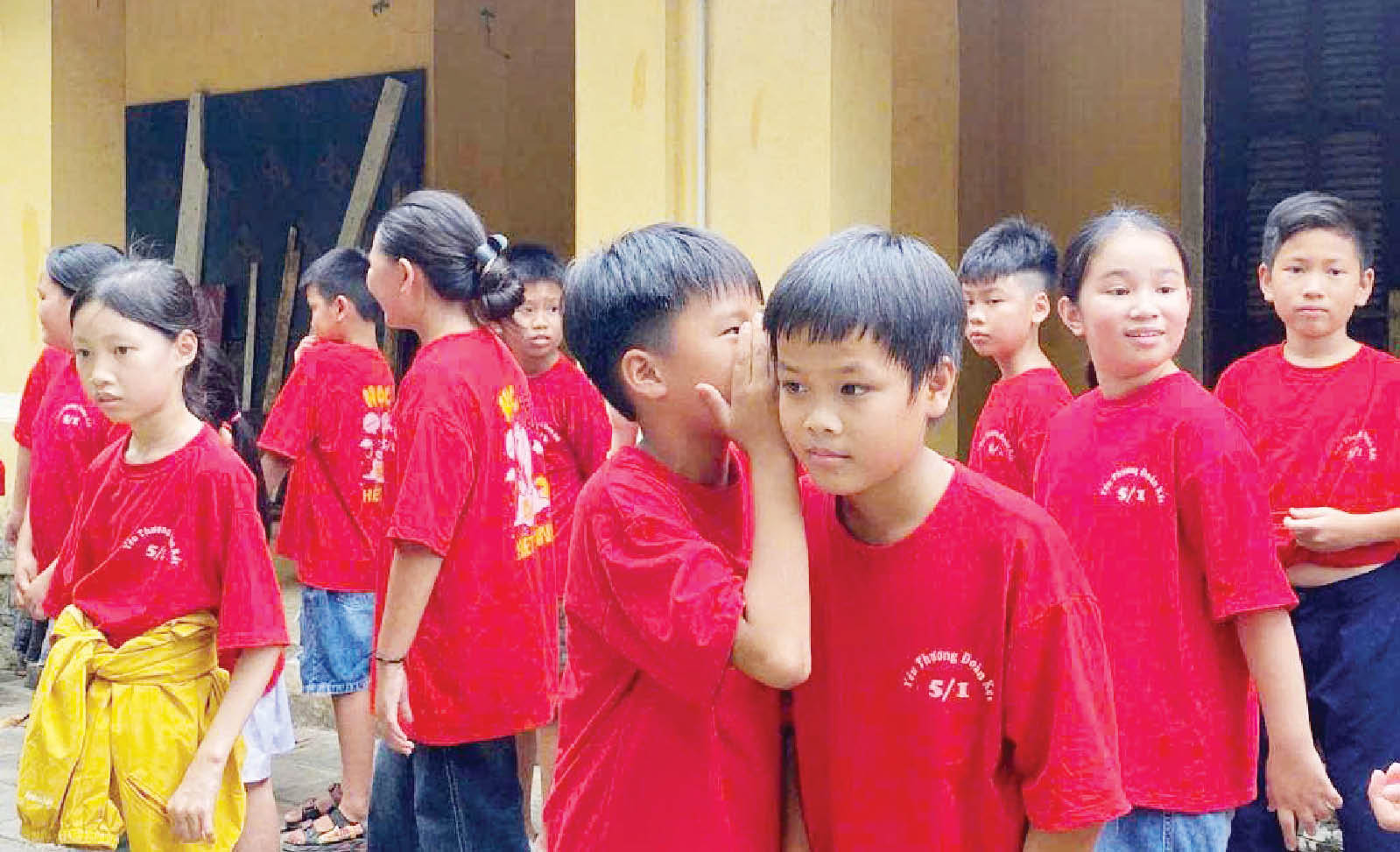 |
| Students enjoy participating in games at the program. |
No more "riding a horse to see flowers"
On the occasion of the 81st anniversary of King Ham Nghi's death, more than 100 students of Ham Nghi Secondary School participated in the program "Hao khi Can Vuong" at Hue Museum of Cultural Heritage. They visited the exhibition space, learned about the life and career of the patriotic king, and enthusiastically participated in games such as "Truyen chieu du", "Ai la nha hoc thong tho"... This is truly a useful historical playground, helping students "learn while playing, play while learning" in the heritage space.
Le Van Minh, a student at Ham Nghi Secondary School, said: “I really enjoy participating in the experiences at the Museum. I get to play and learn many interesting things at the same time.”
Deputy Director of the Hue Museum of History Truong Quy Man said that heritage education programs are no longer “horseback riding” tours but have become “open classrooms” where students can listen, see, touch, experience and even “role-play” to learn about the Nguyen Dynasty.
The heritage education program was formed after the campaign "Building friendly schools, active students" in 2008, and has been constantly improved to better suit the psychology of the age group as well as the content of textbooks. "From a common program, the Museum now builds each level of education with its own content, integrating subjects such as: history, literature, civic education, fine arts...", said Mr. Man.
In the 2023-2024 school year, An Dinh Palace Museum and Relics organized 51 programs, welcoming more than 5,100 students and teachers. In the 2024-2025 school year, this number was 46 programs and more than 4,300 participants, mainly students. The programs not only created opportunities for direct contact with heritage but also helped students practice teamwork skills, improve physical strength and develop thinking through games such as "Heritage Icon", "Ring the Golden Bell", "Writing a Harvest Voucher", "Pinching Balls to Find Treasures" ...
Standardize to promote value
Recognizing the role of heritage education, Hue Museum of Cultural Heritage has developed a set of documents "Heritage education program for high school students at the Museum" with consultation from experts at the National Heritage Council, completed by the unit's staff and deeply integrated with the content of current textbooks.
This set of documents is clearly differentiated by level of study: Games for students at the beginning of primary school are different from those at the end of primary school; middle school and high school are designed to enhance the ability to analyze and understand deeply. Typical court games such as tattooing, playing cards, releasing poems, etc. still play a “special” role in the experience, but have been supplemented with new content such as “Hao khi Can Vuong” - a large program to help students learn about the Can Vuong movement, King Ham Nghi and the heroes of the resistance against the French.
Ms. Truong Bao Anh, Deputy Head of the External Communications Research Department of the CVCĐ Museum, shared: “We have to constantly innovate to avoid boredom, because many students are familiar with relics such as the Imperial Citadel. Heritage education cannot just be “telling stories about artifacts but creating experiences that make students want to come back again.”
Towards an "open heritage education space"
To achieve the set goals, the Museum has constantly innovated its methods and provided professional training for its staff. The Museum has standardized its programs based on field surveys, trained its staff and participated in training courses from the Department of Cultural Heritage, and learned from experiences from other localities. However, the heritage education program is still facing many difficulties such as lack of funding for props for experiences. Meanwhile, the needs and expectations of students and teachers are increasing. The coordination between the Museum and schools is still uneven. Some schools are not really interested in experiential activities at relics, or organize trips to the same location every year, causing students to lose interest.
With the spirit of "nothing is impossible", Mr. Truong Quy Man said that the unit will continue to promote socialization, mobilize resources to expand the scale and improve the quality of the program. At the same time, it will promote the application of technology so that students can approach heritage through a modern lens.
“In the near future, we will develop a set of heritage education materials for high school students at the An Dinh Palace relic site - a site that is rarely exploited to its full potential, but contains special architectural and artistic values of the late Nguyen Dynasty,” said Mr. Man.
In the context of the city being known as a "heritage land", bringing heritage closer to the young generation is not only a way to educate patriotism, but also a sustainable step to preserve cultural identity in the context of modernization.
Source: https://huengaynay.vn/van-hoa-nghe-thuat/hoc-ma-choi-choi-ma-hoc-voi-di-san-155809.html


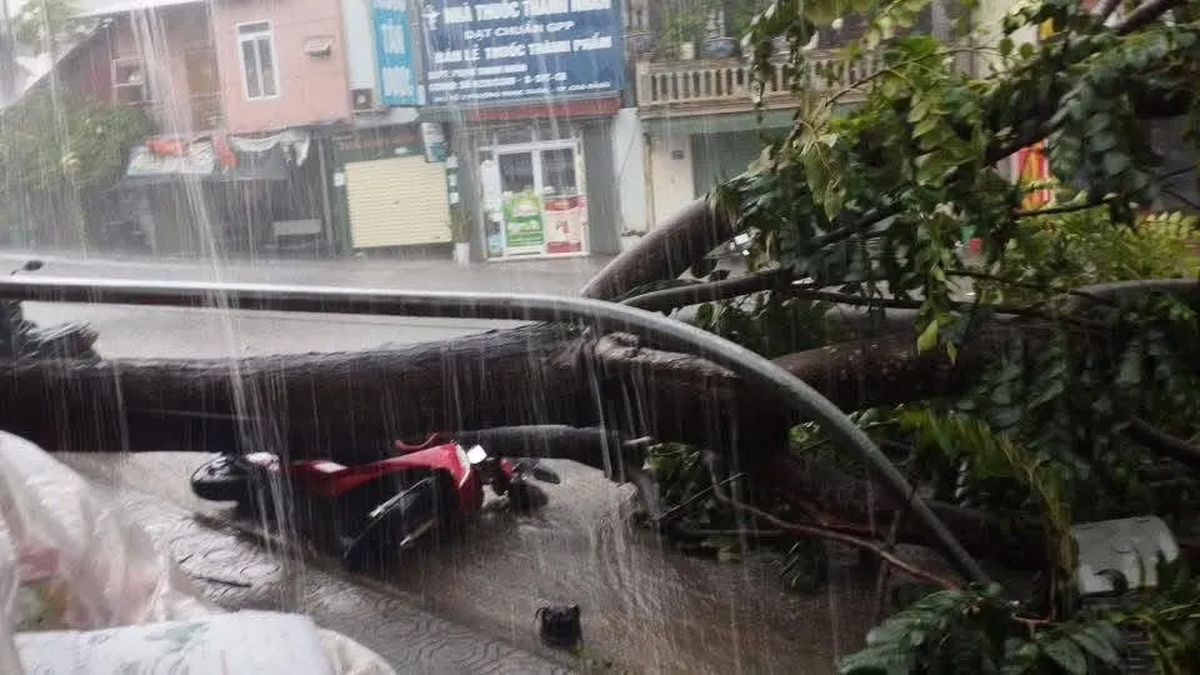
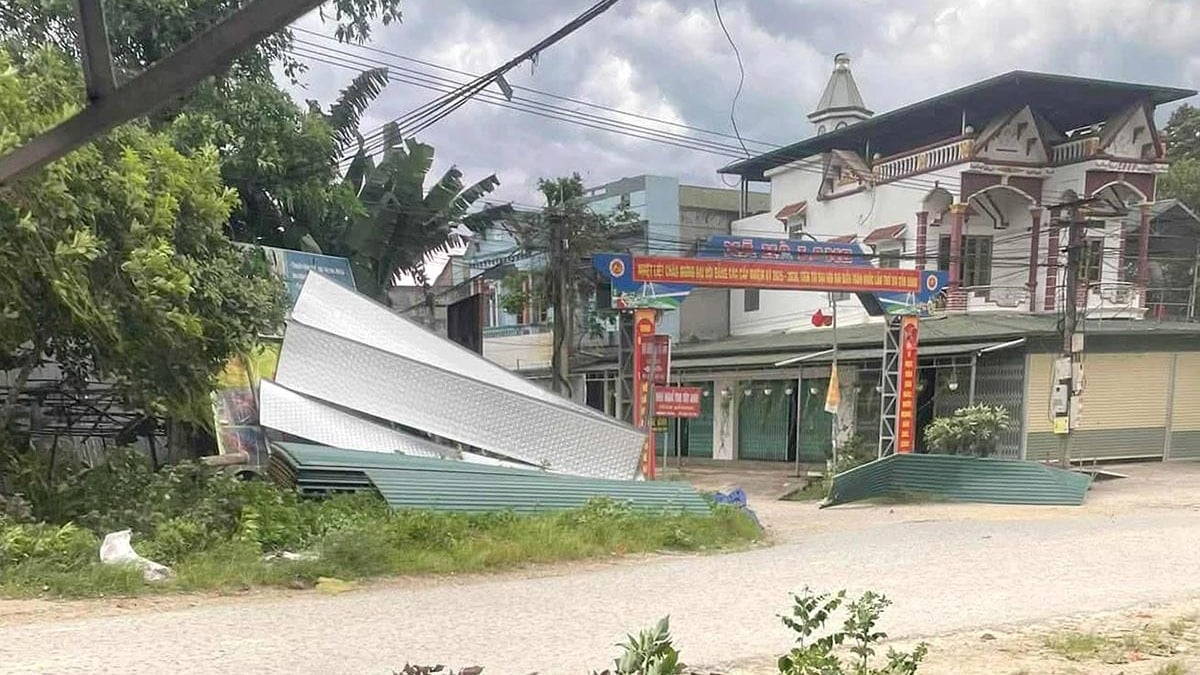
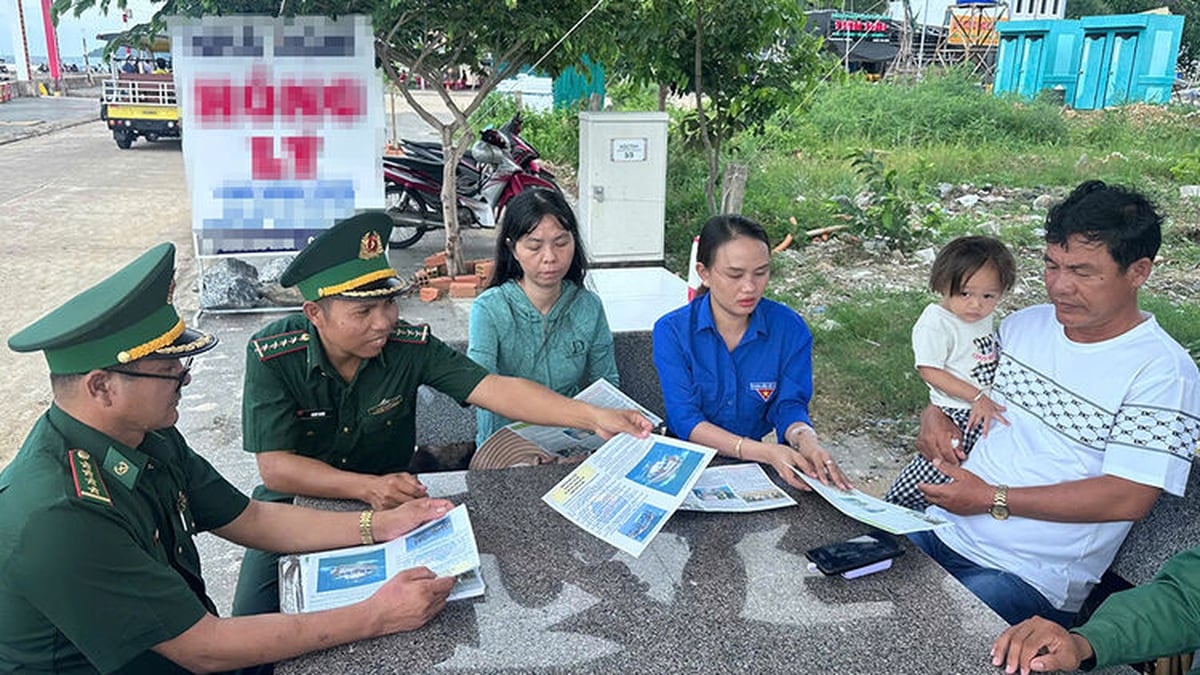
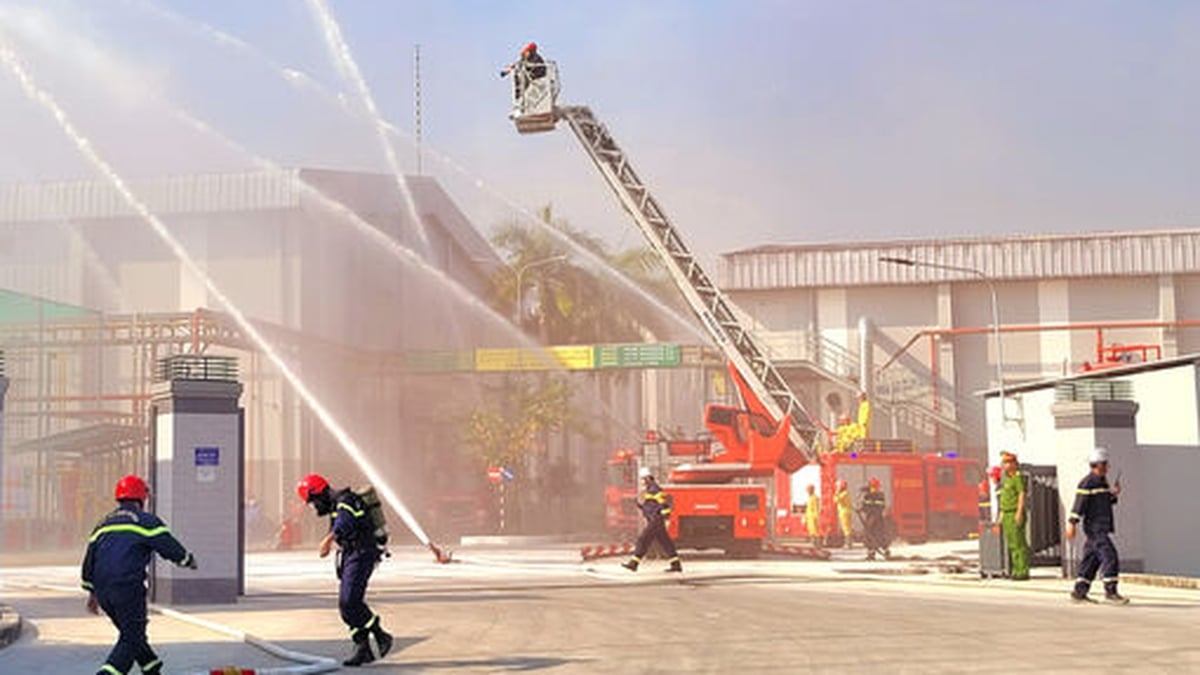
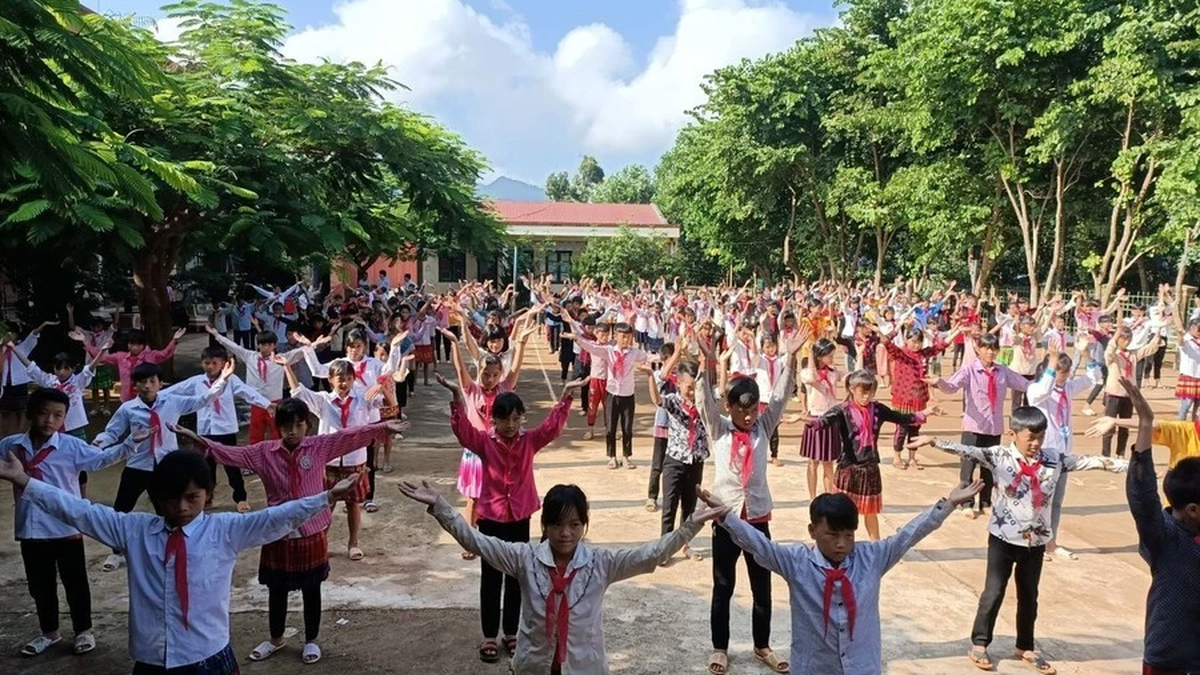
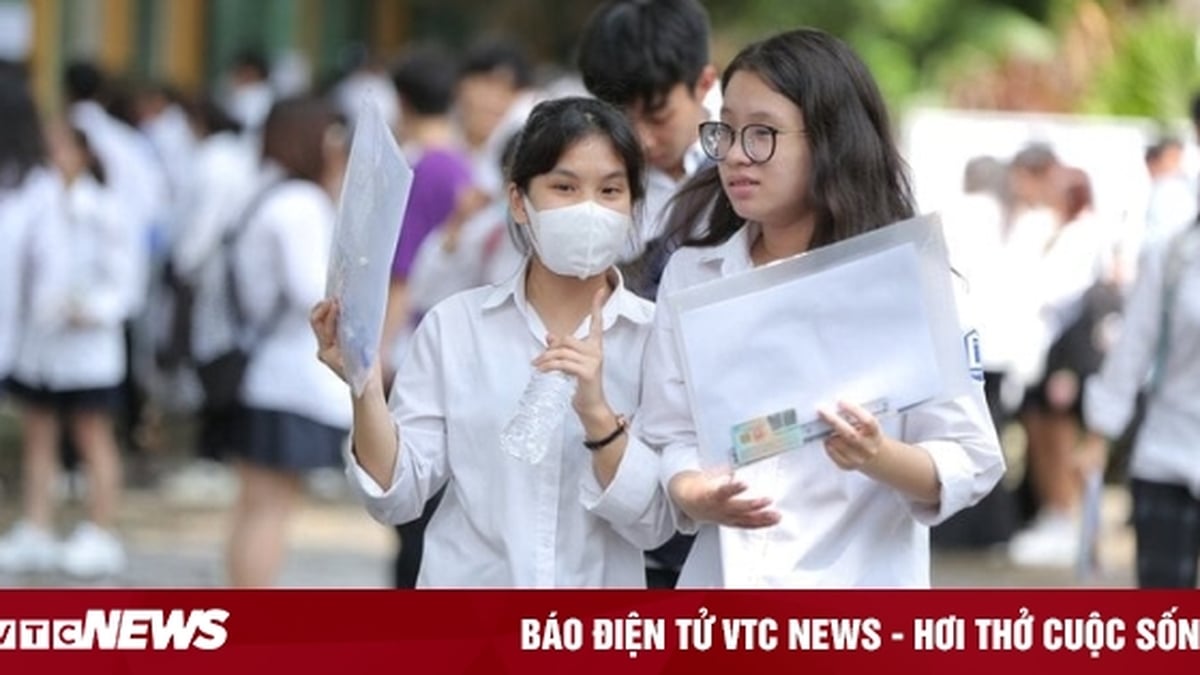
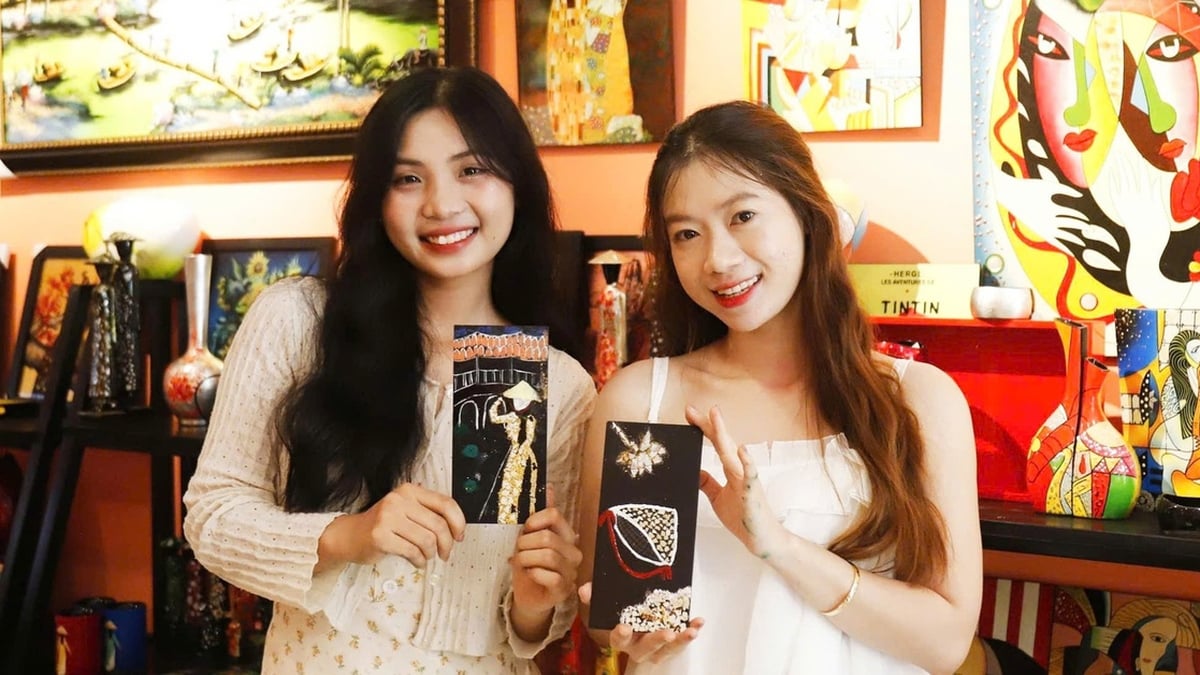
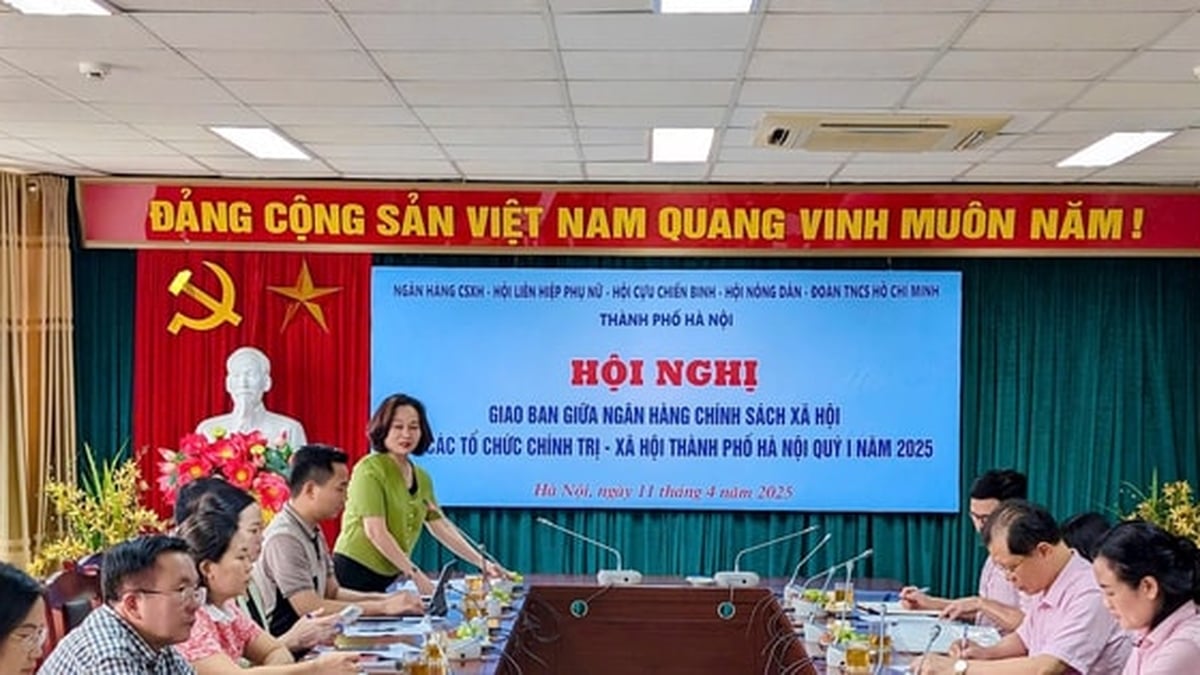
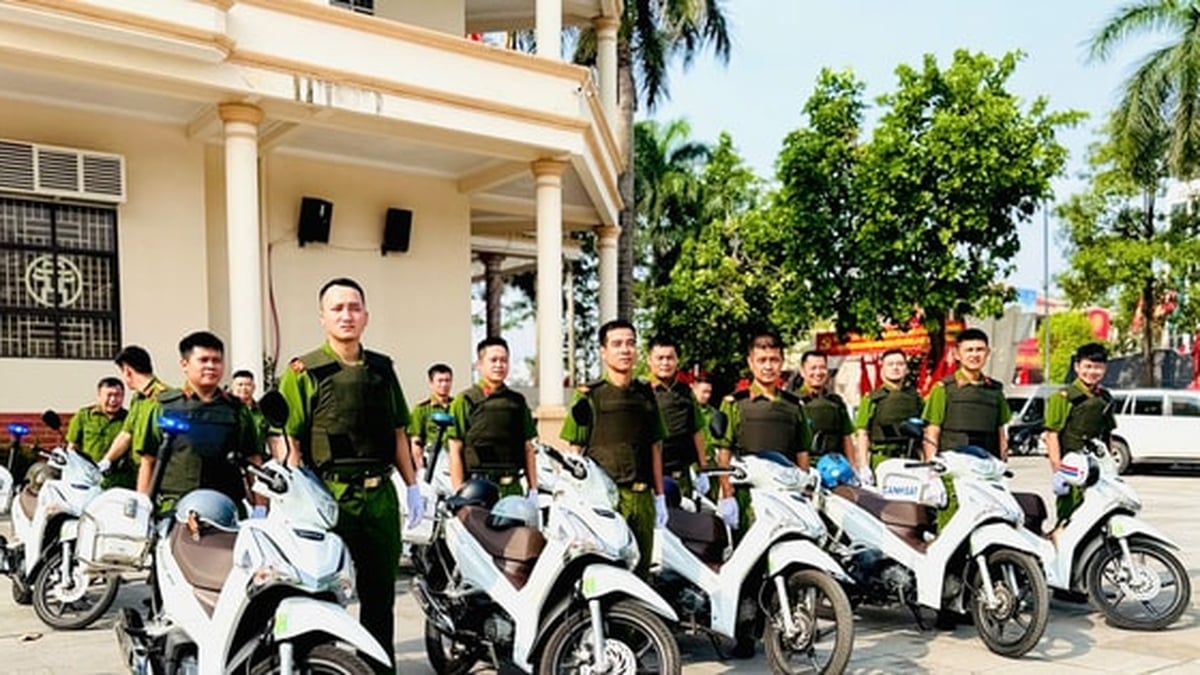
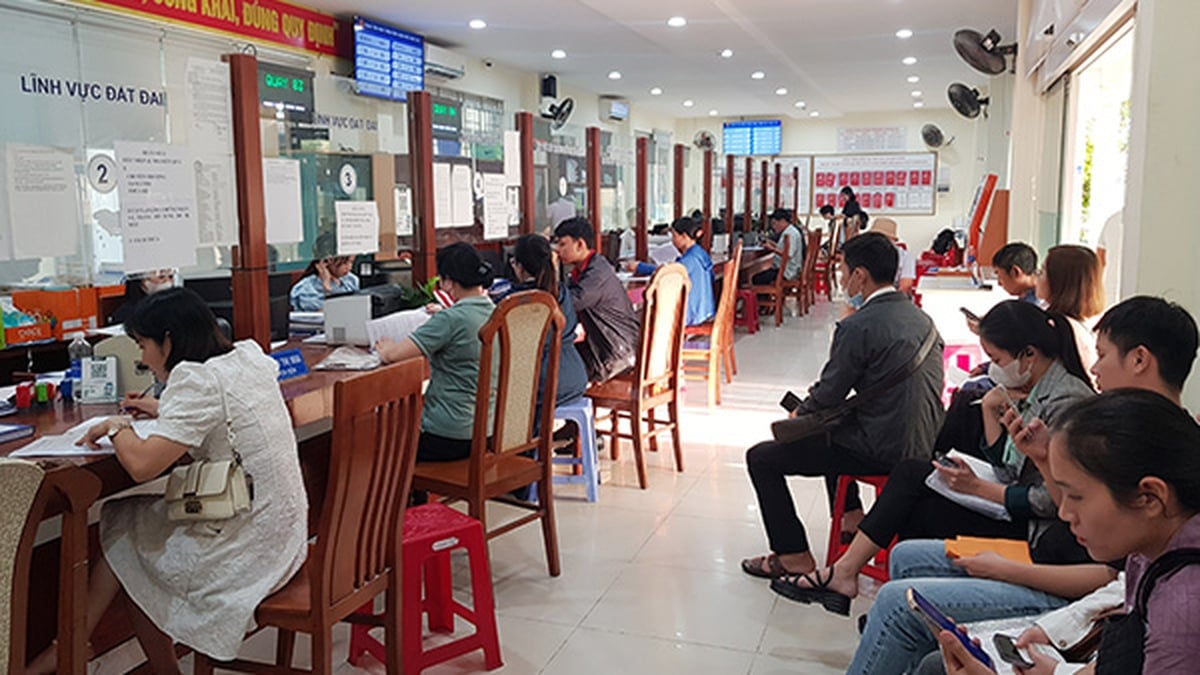























































































Comment (0)